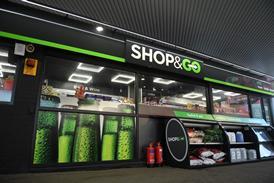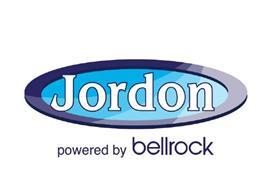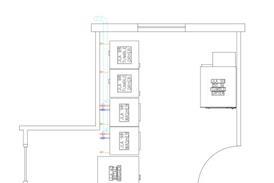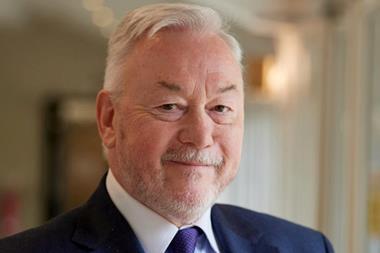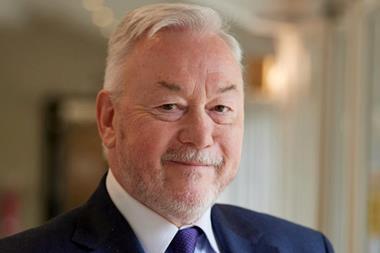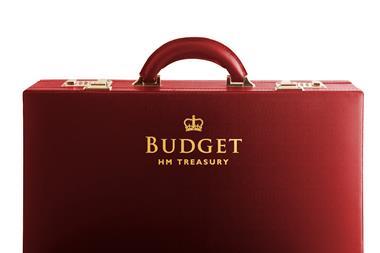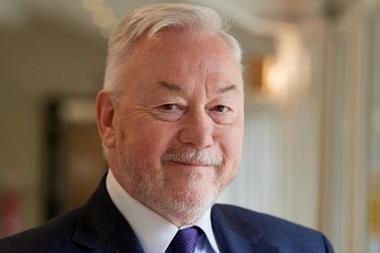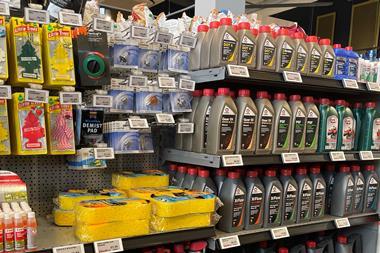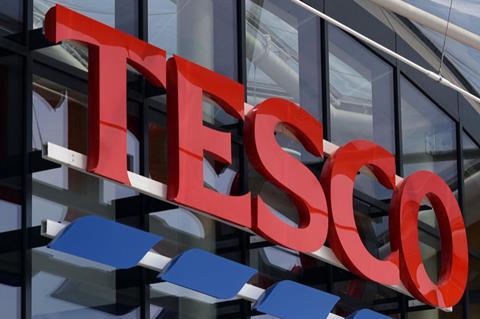
Time was when the mere mention of the term ‘supermarket’ - or ‘hypers’ as they were unaffectionately referred to by many - would spark an eye-rolling, frothing rage among long-suffering fuel retailers.
They were seen as ‘the enemy’.
After all, those ‘nasty hypers’ came out in force in the ‘90s and sent the traditional fuel retailing sector into a tailspin, with their low-cost fuel-pricing strategies and slick marketing programmes. Though always denied, they were accused of selling fuel ‘below-cost’ as they increasingly developed forecourts in their massive car parks to help tempt customers into their glitzy mega-stores.
The cheap fuel prices emblazoned on their forecourts also gave customers the impression that prices in-store would be cheap too.
The ‘hypers’ were excellent at telling the world how wonderful they were, with very slick departments trumpeting what a bargain motorists could have by filling up at ‘your local supermarket’. For many years until quite recently they were also very good at giving the impression they were the first to lower prices; and some set a nationwide price, adding an extra sting in the tail.
Oil companies were wondering if they’d have a business, so they fought back. Campaigns like Esso’s PriceWatch – first trialled in 1996, remember those haunting tiger eyes – were launched in response to the overwhelming competition from supermarkets and sent further shockwaves through the industry. As oil company-owned sites tried to compete with the supermarkets, independents got caught in the cross-fire and struggled to compete with not just the supermarkets but the oil company sites too – even those of the same brand.
One independent retailer demonstrated the despair retailers felt by taking a coach onto a Shell-owned forecourt where he could refill it for less than the price he could be supplied by Shell for his own site.
It was a vicious price war which led to the total restructure of the fuel retailing business with around 6,000 forecourts closing throughout the ‘90s.
But while many forecourts went out of business, those with the entrepreneurial drive and vision saw the opportunity to re-focus their operations, ditching the greasy garage accompaniment, and developing their dingy forecourt kiosks into bigger and brighter shops. They gradually learnt how to take advantage of all the opportunities afforded by a forecourt location, offering motorists the chance to quickly buy a few top-up grocery items, get some cash and fill up, all in one stop. The amazing independent sector developed those sites into the leading-edge forecourt convenience operations we see today and are recognised in our annual Forecourt Trader Awards – launched in 1996 as such innovations began to emerge.
However, at that time, this strategy didn’t work for oil company-owned sites who struggled to bring the kind of retailing detail and personal touch that a good convenience operation needs, and which a big oil company, with its traditional ‘big corporation’ cookie-cutter approach to its network, simply couldn’t.
And so in the early 2000s, the oil companies began selling off their networks to the independents – those who may have had one or two sites, or a handful at most in the past, but by connecting with property agents and private equity began to build their own networks.
Hence in 2007 Forecourt Trader launched the Top 50 Indies report in recognition of this evolution, and the amazing independent sector grew their networks and developed their sites into the leading-edge forecourt convenience operations we see today.
Throughout all this, the PRA, in its various guises, has always represented the interests of independent dealers. But two major developments have brought about the change in attitude: supermarkets have another fight on their hands, with discounters such as Aldi and Lidl taking their market share, so have softened their competitive fuel-pricing stance. Plus a couple of major Top 50 Indies – owners of EG Group (Asda); MFG (Morrisons) in conjunction with investors - now own a couple of supermarkets!
And with all that history, while it’s a bit of a shock that the PRA has now welcomed supermarkets as members, you can see why. With many independents having been bought up by the bigger giants, the PRA needs to replace those members – ie income. It needs the influence and resource of major companies like Tesco, to continue to represent the UK’s forecourt retailers on their many challenges ahead. How times have changed!










